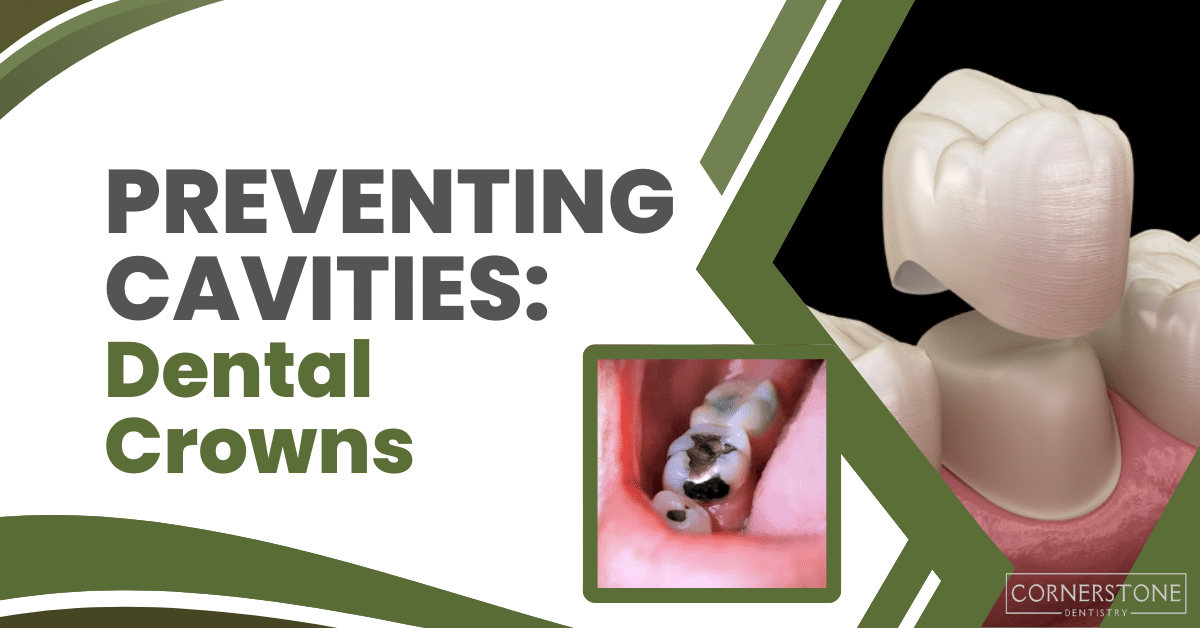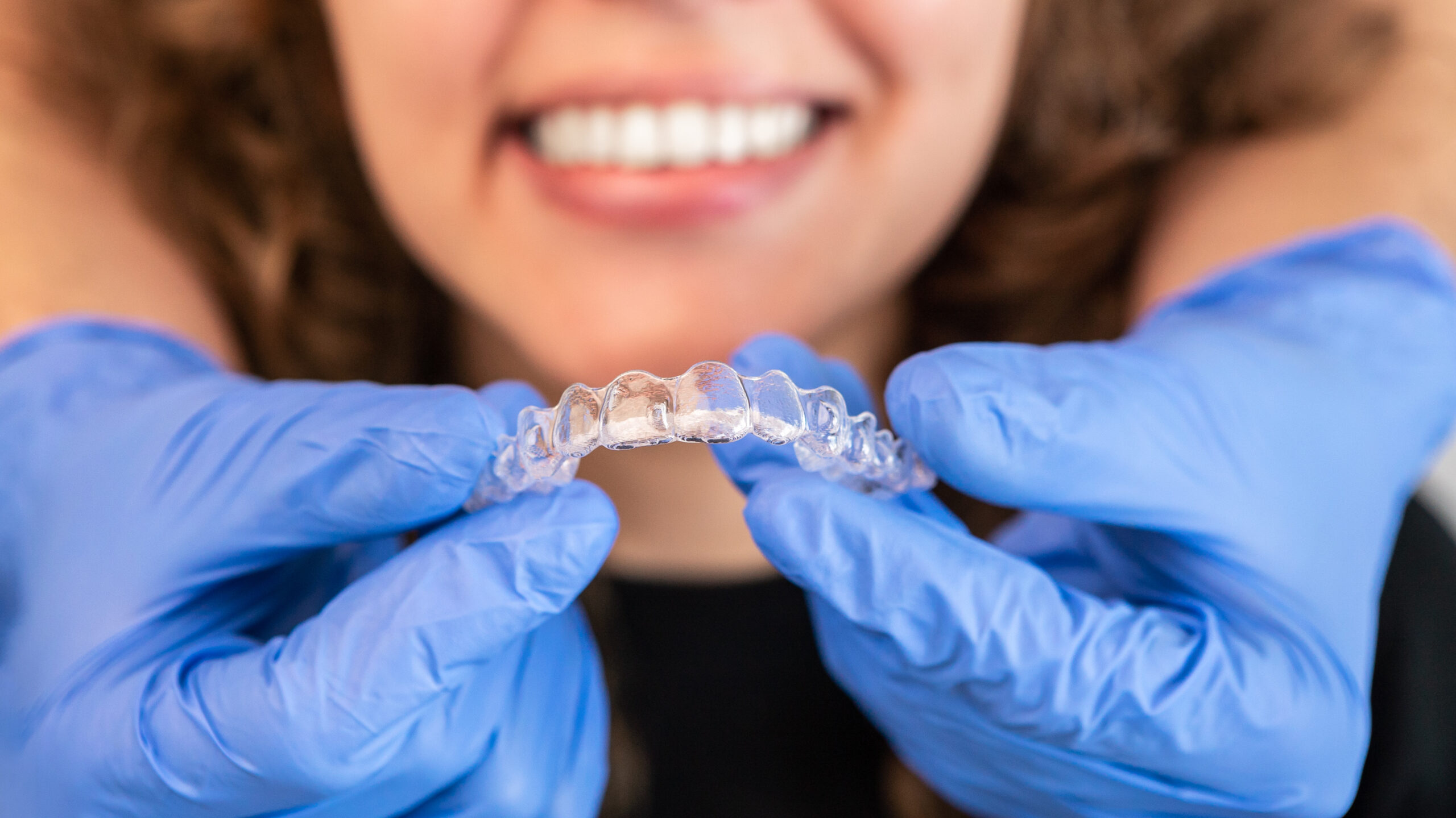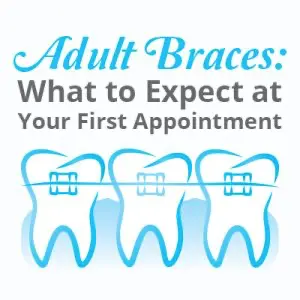At Cornerstone Dentistry, we understand that tooth decay and cavities are common dental issues that can cause discomfort and affect your overall oral health. Our experienced team of dental professionals is committed to providing you with the best treatment options, including tooth fillings, to restore your teeth’s health and functionality.
What are tooth fillings, you might ask? Well, they are a common dental procedure used to repair damaged or decayed teeth. During the filling process, our skilled dentists will remove the decayed portion of the tooth and then fill the space with a durable material, such as composite resin or amalgam. This not only prevents further decay but also restores the tooth’s natural shape and function.
Fillings are typically made of different materials, including amalgam (a mixture of metals such as silver, mercury, tin, and copper), composite resin (a tooth-colored material), gold, or porcelain. The choice of material depends on various factors, such as the size and location of the cavity, the patient’s preference, and the dentist’s recommendation.
When a tooth is damaged, a filling is placed to restore its form and function. We help patients at Cornerstone Dentistry chew and speak normally while restoring the tooth’s strength and health.
To prevent the need for more significant dental work down the road, it is crucial to get regular dental checkups and fill any cavities as soon as possible. We would appreciate you calling us as quickly as possible so we can be ready for your visit.




What is a Dental Onlay?
A dental onlay is a type of dental restoration that is used to repair a damaged or decayed tooth. It is often referred to as a partial crown, as it covers a larger portion of the tooth compared to traditional fillings. Dental onlays are a great alternative to crowns when the damage or decay is not extensive enough to require a full crown, but too much for a simple filling.
So, how does a dental onlay work? Well, the process involves removing the decayed or damaged portion of the tooth and then creating an impression of the tooth to ensure an accurate fit. This impression is then sent to a dental laboratory, where the onlay is custom-made to match your tooth’s shape and color. In the meantime, a temporary onlay may be placed on your tooth to protect it.
When you need a dental onlay, it typically takes two visits to the dentist. In the first visit, your dentist will get rid of any decay or damage on your tooth to prepare it. An impression of the tooth is then taken and sent to a dental laboratory, where a custom-made onlay is fabricated to fit your tooth precisely. In the meantime, a temporary onlay will be placed on the tooth to protect it.
During the second appointment, the temporary onlay is removed, and the permanent onlay is bonded to the tooth using a strong dental adhesive. Your dentist will ensure that the onlay fits properly and make any necessary adjustments for a comfortable bite. Once the onlay is securely in place, it will be polished to match the natural appearance of your surrounding teeth.
What is a Dental Inlay?
A dental inlay is similar to a dental onlay in that it is also an indirect dental restoration used to repair a damaged or decayed tooth. However, while an onlay covers the cusps or chewing surfaces of the tooth, an inlay is used when the damage or decay is limited to the grooves and indented areas between the cusps.
The procedure for getting a dental inlay is also similar to that of a dental onlay. After preparing the tooth by removing any decayed or damaged portions, an impression is taken and sent to a dental laboratory for the fabrication of a custom-made inlay. A temporary filling is placed on the tooth to protect it until the permanent inlay is ready.
During the second appointment, the temporary filling is removed, and the permanent inlay is bonded to the tooth using a strong adhesive. Your dentist will ensure a proper fit and make any necessary adjustments to ensure a comfortable bite. Like an onlay, an inlay is polished to match the appearance of your natural teeth, providing a seamless and aesthetically pleasing restoration.
Onlay Vs. Dental Crowns
Both dental onlays and dental crowns are used to restore damaged or decayed teeth, but they differ in the extent of tooth coverage. Dental crowns encase the entire visible portion of the tooth, while onlays are more conservative and only cover a portion of the tooth.
The choice between an onlay and a dental crown depends on the extent of the damage or decay, as well as the overall health and strength of the tooth. Dental crowns are typically recommended when a tooth has extensive damage or has undergone root canal therapy. They provide maximum protection and support for the tooth, but they require more reduction of the natural tooth structure compared to onlays.
On the other hand, dental onlays is a more conservative option as they preserve a greater amount of healthy tooth structure. They are ideal for cases where the damage is limited to the cusps or grooves of the tooth. By preserving more of the natural tooth, onlays offers several advantages over dental crowns.
Disadvantages and Advantages That Onlays May Bring
As with any dental procedure, there are both advantages and disadvantages to consider when it comes to dental onlays. Understanding these factors can help you make an informed decision about your dental treatment.
Advantages of Onlays
- Tooth Preservation: One of the significant advantages of onlays is that they preserve a greater amount of healthy tooth structure compared to dental crowns. The dentist only removes the damaged or decayed portion of the tooth, leaving the healthy parts intact. This preservation of natural tooth structure contributes to the long-term health and function of the tooth.
- Aesthetic Appeal: Dental onlays are custom-made to match the color and shape of your natural teeth, ensuring a seamless and natural-looking restoration. The porcelain or composite materials used in onlays can be color-matched to your surrounding teeth, providing a natural and aesthetically pleasing result.
- Durability: Onlays are made from strong and durable materials, such as porcelain or composite resin, which can withstand the forces of chewing and biting. They are resistant to wear and can last for many years with proper care and maintenance.
- Minimal Sensitivity: Onlays offer a better seal and fit compared to traditional fillings, resulting in reduced post-treatment sensitivity. They provide a tight seal against bacteria and food particles, preventing further decay and reducing the risk of tooth sensitivity.
Disadvantages of Onlays
- Cost: Compared to direct fillings, onlays can be more expensive due to the additional time and materials required for their fabrication. However, the long-term benefits and durability of onlays often justify the higher upfront cost.
- Two Appointments: Unlike direct fillings that can be completed in a single appointment, onlays require two visits to the dentist. This may be inconvenient for some patients, but it allows for precise customization and optimal fit of the onlay.
What are the Benefits of Onlays?
Dental onlays offers several benefits that make them an excellent choice for restoring damaged or decayed teeth. Some of the key benefits include:
- Preservation of Healthy Tooth Structure: As mentioned earlier, onlays preserve a greater amount of natural tooth structure compared to dental crowns. By only removing the damaged or decayed portion of the tooth, the healthy parts are left intact, contributing to the long-term health and function of the tooth.
- Aesthetic Appeal: Onlays are custom-made to match the color and shape of your natural teeth. This ensures a seamless and natural-looking restoration that blends in with your smile. The porcelain or composite materials used in onlays can be color-matched to your surrounding teeth, providing a highly aesthetic result.
- Durability and Strength: Onlays are fabricated from strong and durable materials, such as porcelain or composite resin. These materials can withstand the forces of chewing and biting, making them a reliable option for restoring damaged or decayed teeth. With proper care and maintenance, onlays can last for many years.
- Enhanced Functionality: By restoring the damaged or decayed tooth, onlays improves the functionality of your bite. They provide a smooth and even chewing surface, allowing for comfortable and efficient biting and chewing of food.
- Reduced Sensitivity: Onlays offer a better seal and fit compared to traditional fillings. This tight seal helps to prevent bacterial penetration and the entry of food particles into the treated tooth. As a result, the risk of post-treatment sensitivity is minimized.
Are you in need of a reliable and aesthetic solution to restore your damaged or decayed teeth? Look no further than our Dental Onlays and Inlays services at Cornerstone Dentistry. Experience the benefits of preserving healthy tooth structure, achieving a natural-looking smile, and enjoying long-lasting durability.
Schedule an appointment today and let our experienced team provide you with the highest level of care and the best dental solutions for your needs.
If you have any questions or would like to schedule an appointment with your Anderson dental team, give us a call at (864) 222-9001or request an appointment online! We look forward to hearing from you!







